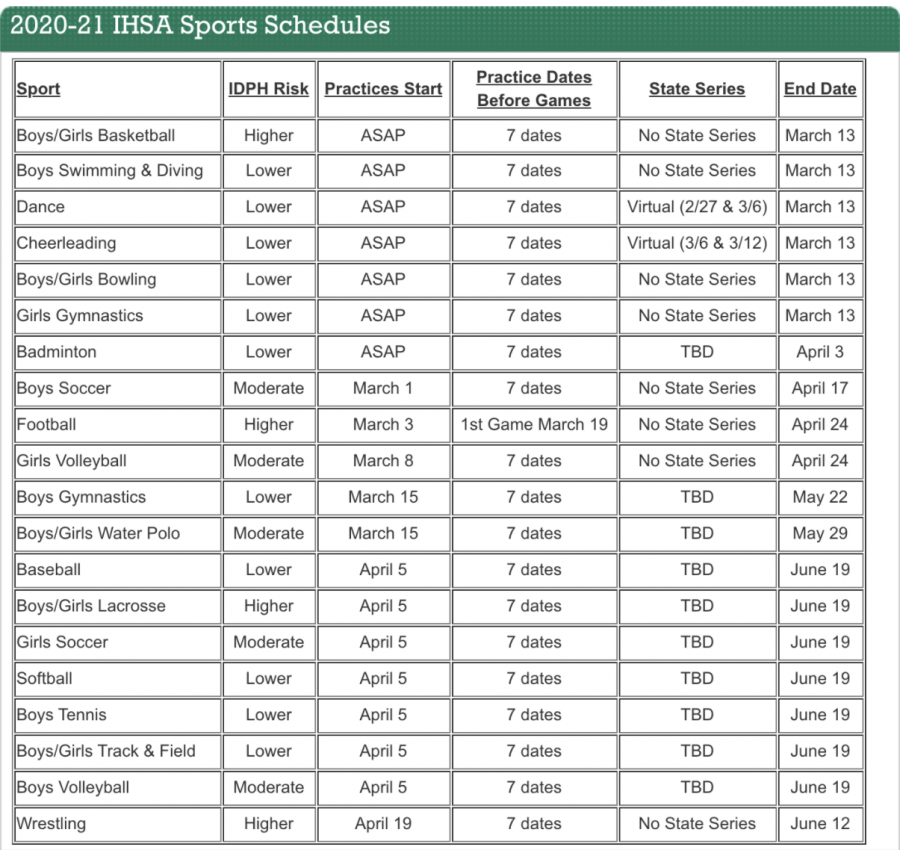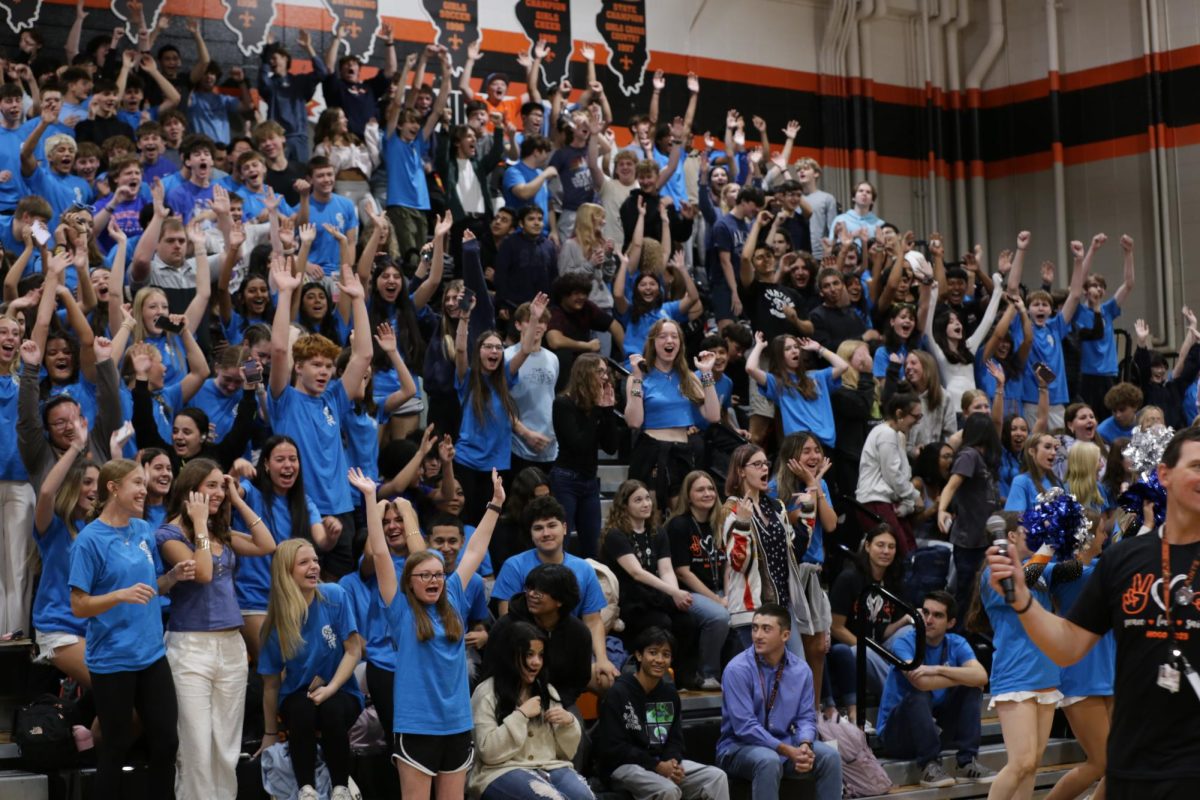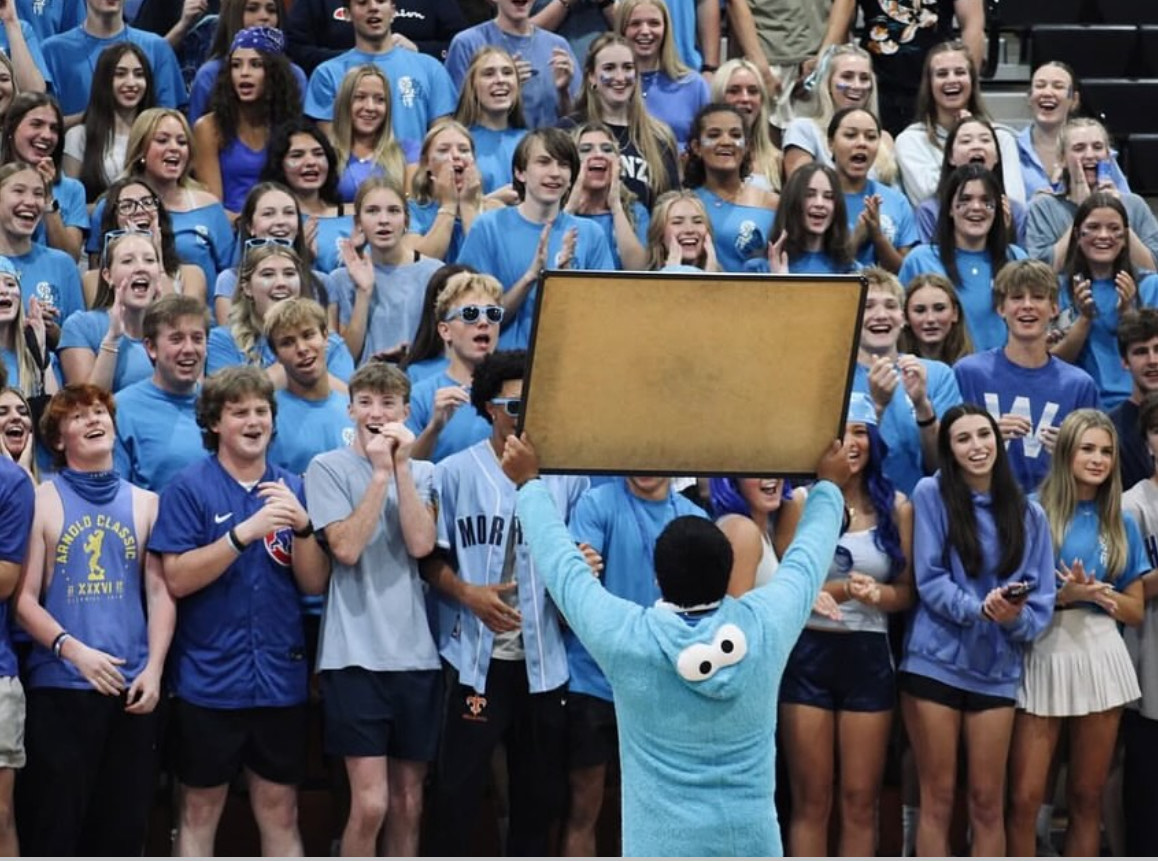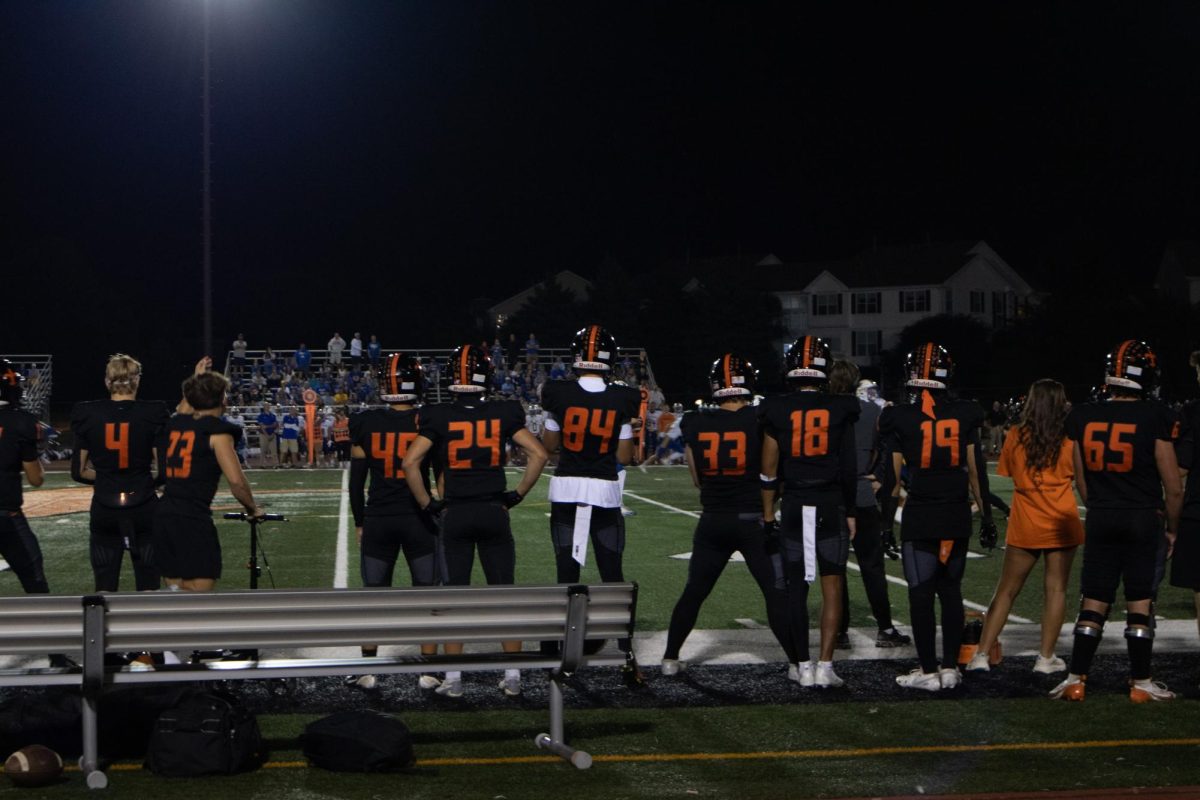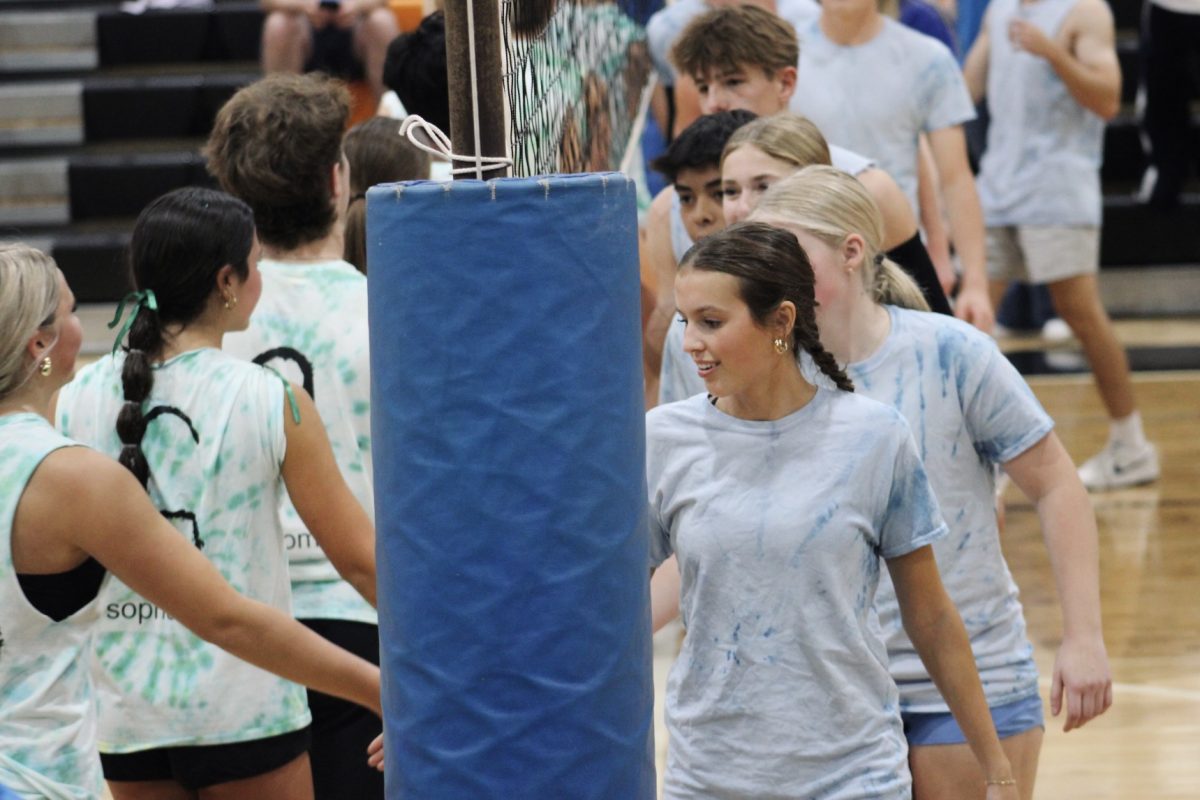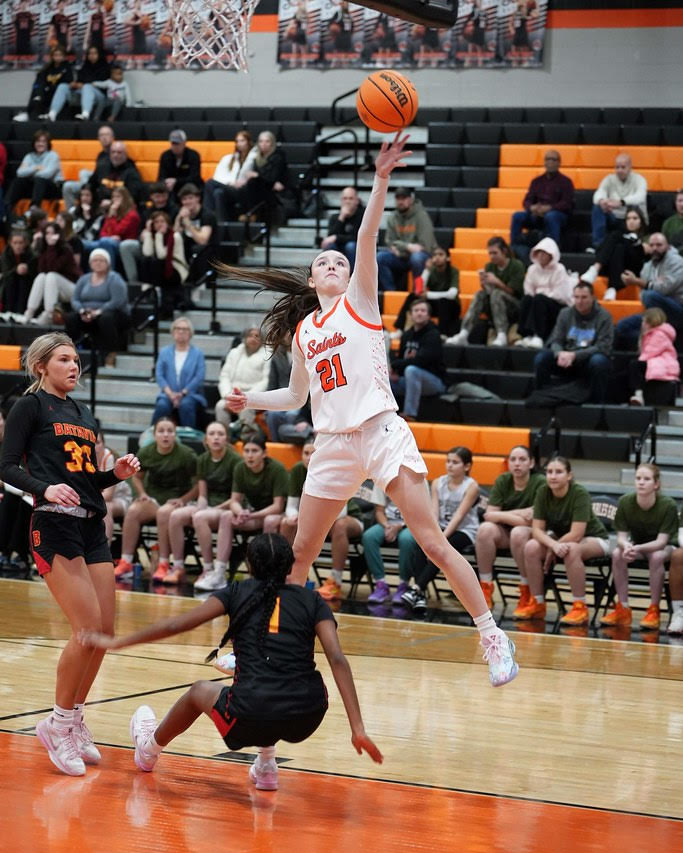As the COVID-19 pandemic drags on, it seems like every day there is a new update to the Phases, Tiers, and guidelines that determine how the East community functions. In particular, the Illinois High School Association, or IHSA, has been frequently updating their regulations regarding sports. In late January, many athletes, coaches, and parents received the news they had been waiting for: most high school sports could once again begin to practice and compete.
Kane County is now in Phase 4 of the Illinois Department of Public Health, or IDPH, “Restore Illinois Plan”. All of Illinois’ 11 regions have entered this phase of virus mitigation, which allows for many long-postponed activities. Indoor dining has once again been approved, provided there’s social distancing and capacity is limited. Gatherings of up to 50 people can also occur, so long as mask protocols are followed.
For many East students, all of these changes boil down to one key question: When, and in what capacity, can they begin to play their sport?
The IHSA recently updated their recommendation and requirements for sports to begin practice, in accordance with the shift to Phase 4 throughout Illinois.
Beginning in the summer, the IHSA worked with the IDPH to determine whether each sport was of “lower”, “moderate”, or “higher risk” under COVID-19 guidelines. These labels have impacted the new IHSA regulations on each sport’s return-to-play rules and state series.
Seven sports have already begun to practice, as the IHSA has set their season’s to begin “ASAP” and conclude on March 13. This means that Basketball, Boys’ Swimming, Dance, Cheerleading, Bowling, Gymnastics and Badminton are all set to begin (with Badminton having a slightly extended season, set to conclude on April 3).
While these seasons are much shorter than they would be in a typical year, for most sports, it is a big change from the complete lack of a season that was scheduled prior to the new announcement.
The recent news came as a surprise for many at East, including Kari Batka, who is the coach of the Dance Team, as well as a counselor.
“When the [sports] seasons came out, it was really a shocker,” Batka said. “We were shocked, and in the matter of a few days, we had to switch gears and get excited.”
Dance is in a particularly interesting position — at the time of the IHSA announcement, the normal high school season would have been almost over. Batka described how many of the dancers had returned to their studios, which are the “equivalent of club sports” in the world of dance.
This meant that Batka and the other coaches had to have a discussion with their athletes about whether or not they wanted to proceed with the high school season, even if it meant changing their plans with their studios.
“We took some time with our girls, and said, ‘is this something we want to work for?’” Batka said. “Because we knew it would mean many hours in the gym if we want to be competitive.”
After a short discussion, though, Batka said that the team decided to go forward with the shortened season, rather than waste an opportunity for seniors to dance for their high school one last time.
The season doesn’t come without challenges, though. Batka described the regulations placed by the IHSA on dancing as restrictive.
“One of the biggest hurdles for us is the mask-wearing,” Batka said. “We are supposed to be six feet apart… that is hard for us.”
Batka said that the six-feet rule is difficult because of the nature of the Dance Team’s routines. Normally, a large part of their dance relies on lifts, when one dancer lifts another off of the ground, or in other movements where the dancers touch one another
“We are a sport of the arts, and a lot of that artistic license has been taken away because of the pandemic.” Batka said that the team understands the importance of safety precautions, though, so they will be following them.
The Dance team is now categorized as a “lower risk” sport, after initially falling into the “higher risk” category when the IHSA announced their schedules in the summer. This switch occurred after the IHSA implemented guidelines that reduced physical contact in dance, such as the ban on lifts and other movements mentioned by Batka.
Another example of a “lower risk” sport is the Boys Swimming and Diving. They would normally begin in the winter, and conclude in the beginning of February. However, the season is just now beginning after the IHSA announcement.
Jack Redden is a junior on the swim team. He says that the team is excited to return to competition, especially after months of uncertainty over whether or not they would be able to have meets.
“It’s been awhile since we have seen other teams and actually raced,” Redden said. and “I think the whole team is excited and eager to race anyone.”
The swimmers have unique restrictions in place for their practices to ensure that they stay socially distanced, even though they cannot wear masks in the water. Redden says that they are limited to 50 people on the pool deck.
“While this might seem like a lot of people,” Redden said, “but it really isn’t because that 50 people includes officials, coaches, and swimmers.”
The swimmers are also limited to having only four swimmers in a lane at one time. This is a bit different than a typical year, when each lane could have five or more swimmers. In addition, the swimmers are practicing slightly less each week than normal — they don’t have their twice-per-week morning swims, though the rest of their weekly schedule looks the same as normal.
The swim team is not the only sport who must change their practice schedule. In most years, the Girls Bowling team is able to meet four days a week for two hours each day. Even though the sport is classified as “lower risk”, they now are restricted to two days of practice each week for an hour.
Junior Emma Smith is a member of the bowling team. Beside these practice changes, Smith explained other ways that their season is different this year.
“Besides wearing masks, we have to bowl with the same group every day. That prevents us from having the chance to bowl with different people, which limits team bonding within practice.”
Smith doesn’t have a completely negative view of these changes, though. She thinks that having less time for practice will decrease the chance that she overworks herself, which may “end up being beneficial for [her] performance later in the season.”
For most high school sports, the culminating IHSA State Series is a big motivation to keep working hard. What does the state series look like this year, though? The answer is that it is different for each sport.
Cheerleading and Dance both have a virtual State Series this year. Batka said that this is the most exciting part of the IHSA announcement for the team, even if it is unclear exactly how a virtual State Series will play out.
On a different note, all of the other sports which the IHSA slated to begin “ASAP” do not have a State Series, with the exception of Badminton, whose fate has yet to be decided. This includes both Boys Swimming and Girls Bowling.
Smith said it is unfortunate that there won’t be a State Meet, she does not think that it will matter much for the team as whole.
“We usually don’t start worrying about that until the end of the season. It just means that now all of our focus will be on the meets instead of being split.”
Redden had a similar opinion. Redden said that even though they can’t have a Sectional or State Meet, he does not think that will have a large impact on the team or their performance.
“We are all happy we get to have a season in general. We will compete to the best of our abilities even without a State Series.”
It is yet to be seen whether or not sports schedules will continue to change, or if the IHSA plans to keep their current plan for the rest of the year. Batka said it is not helpful for any athlete to focus on this uncertainty.
For athletes, she said that they should take a step back and ask themselves: “‘What can I do?’” If an athlete does that, she said they will see that “[They] can play the game [they] love, it’s fun to be with [their] teammates again, and all of that is better than nothing.”
“I think that, along the way, we keep getting told what we can’t do,” Batka concluded. “I think the best attitude for coaches and athletes is to think about what they can do, rather than what they can’t do.”


